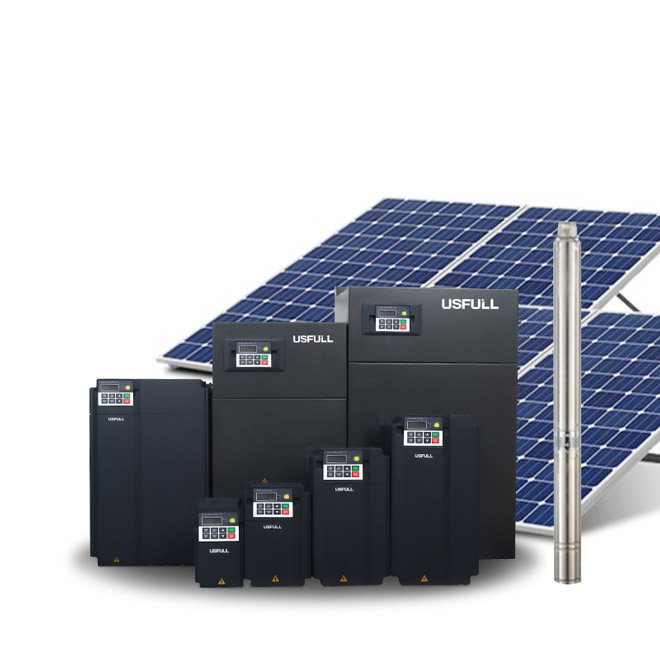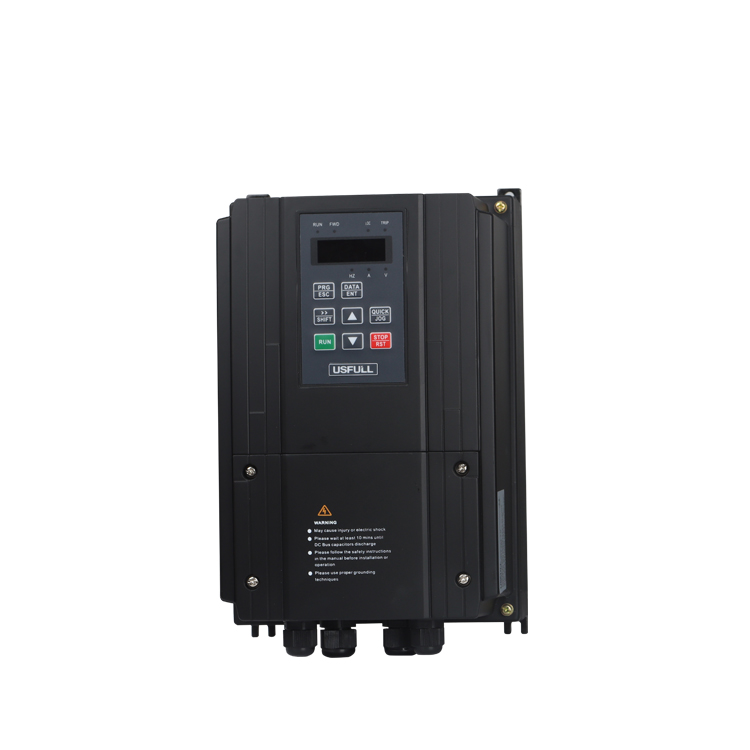Tariffs raise costs and uncertainty in solar imports, risking project delays and losses—yet current US safeguards already limit further impact.
Despite new global tariffs by Trump, existing U.S. trade actions and manufacturing limitations mean Asian solar imports will face minimal additional disruption.
Stay with us to understand what’s really changing and what isn’t.
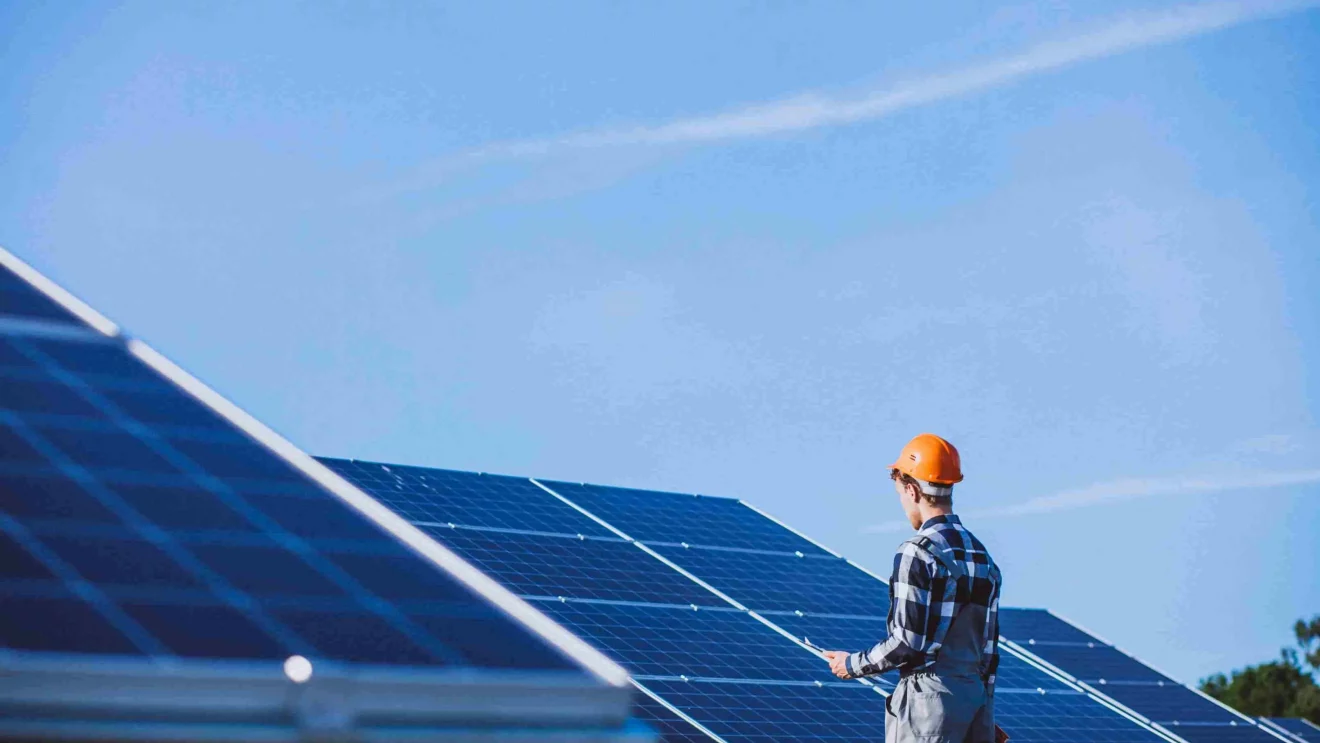
How do existing AD/CVD tariffs already affect solar imports from Asia?
Before Trump’s new global tariffs, the U.S. had already imposed antidumping and countervailing duties (AD/CVD) on solar cell imports from Southeast Asia. These measures were aimed at countering unfair trade practices and subsidized manufacturing, mainly targeting imports routed through Thailand, Cambodia, Malaysia, and Vietnam.
For instance, preliminary tariffs already stand at:
Thailand: 71%
Cambodia: 254%
Malaysia: 22%
Vietnam: 274%
These punitive tariffs had already reduced dependency on modules from these countries by inflating their prices. BMI (Fitch Solutions) predicts that Chinese solar modules could increase by $0.1–$0.15 per watt, reducing their competitive edge and bringing them closer to price parity with domestic products. As a result, Trump’s newly announced global tariffs may seem headline-grabbing, but their incremental effect on solar imports is expected to be marginal.
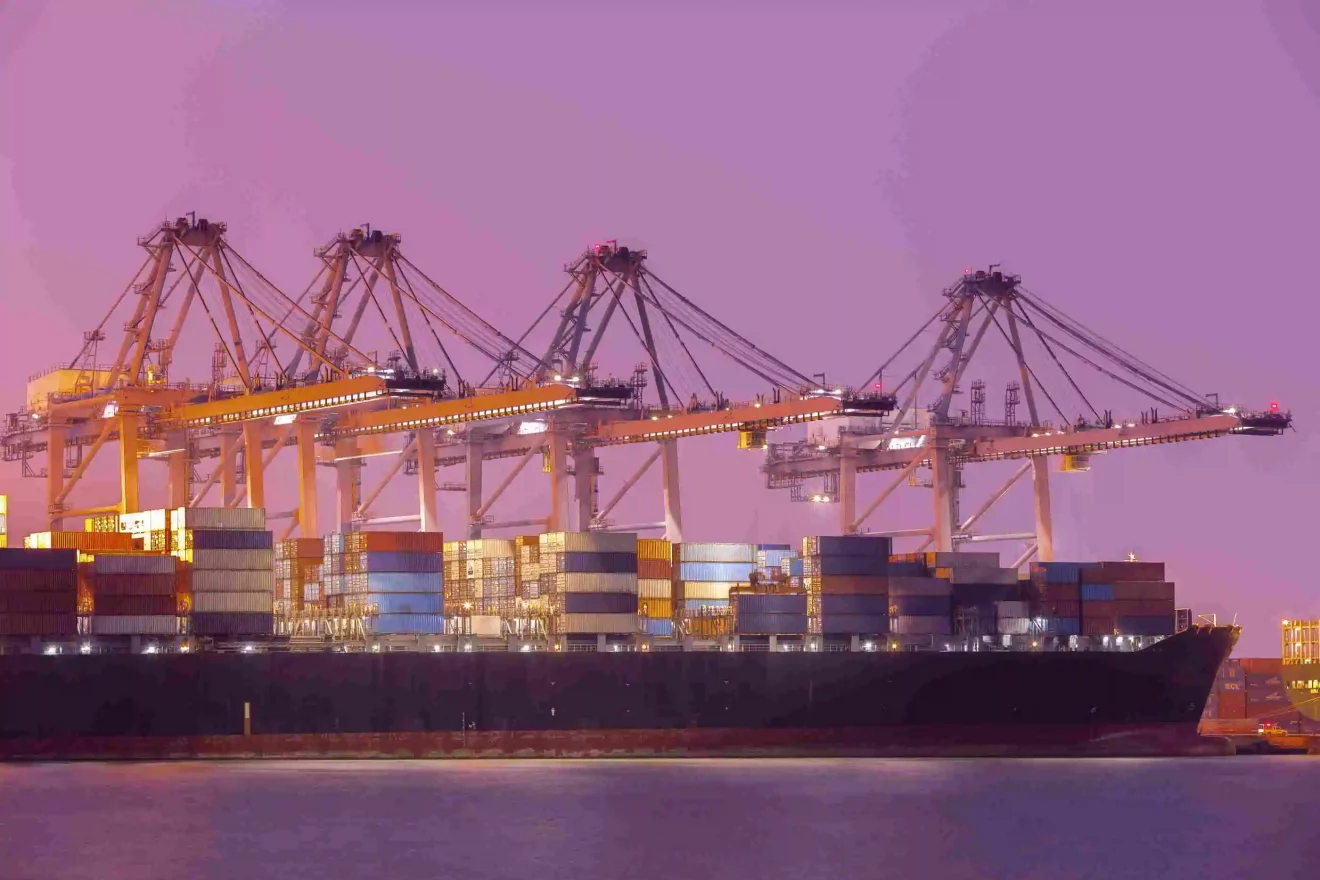
Why the U.S. solar market still depends on Asian imports
Despite the trade barriers, the U.S. solar industry heavily relies on imported solar cells, especially for utility-scale projects. Domestic manufacturing—while increasing—is still insufficient. Companies like T1 Energy are ramping up with new investments (e.g., a 5GW plant in Texas), but these facilities take years to build and scale.
Currently, U.S. solar module assembly lines often import cells and just assemble domestically, which means tariffs on imported cells can drive up costs across the supply chain. Because of this dependency, tariffs risk raising prices for developers, causing delays in project deployment and threatening installation targets.
In the short term, most of the financial burden will be absorbed by American developers and utility buyers, possibly passed on to consumers.
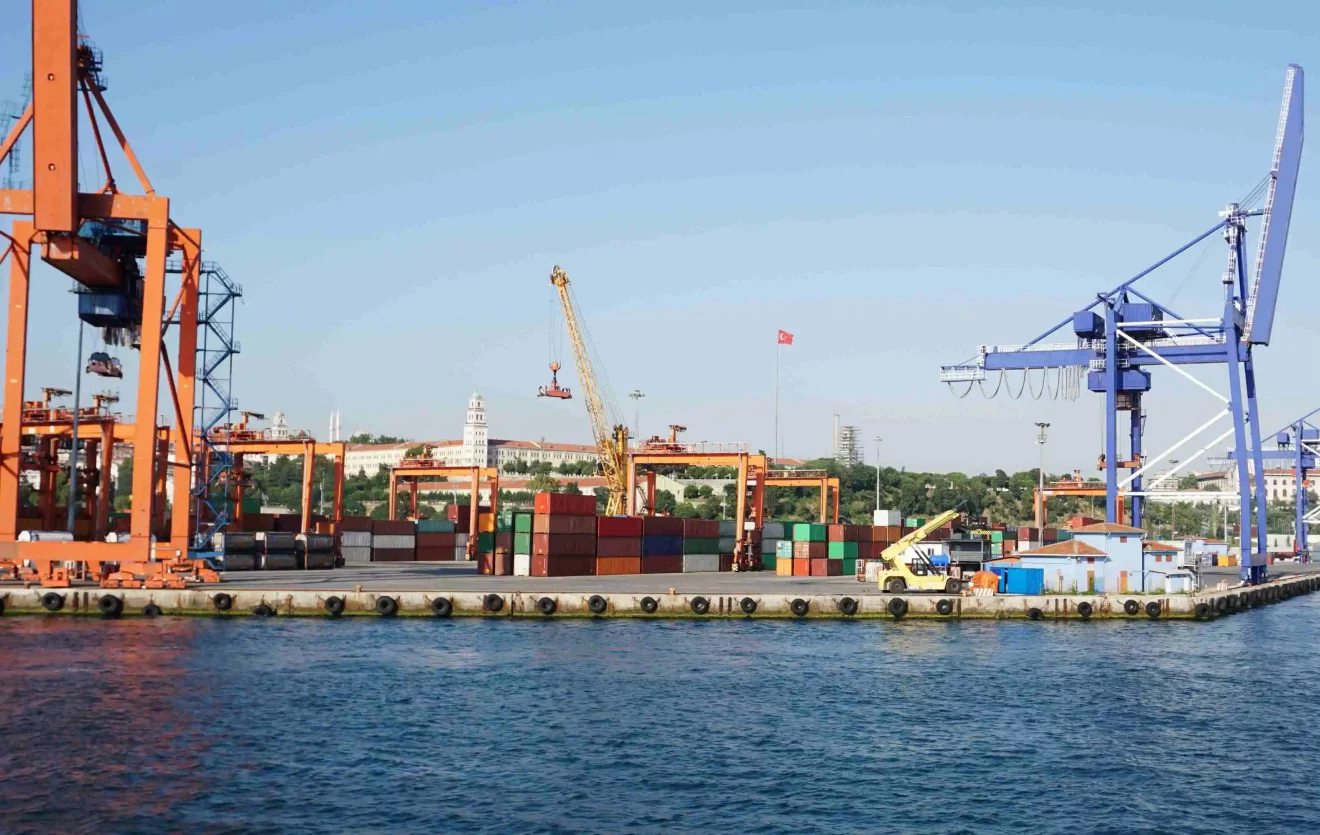
Will Trump’s tariffs accelerate U.S. solar manufacturing?
Yes—but not without challenges. Tariffs are designed to protect domestic manufacturers, giving them a price advantage over foreign imports. This can attract investment in local production, especially under the Inflation Reduction Act (IRA), which provides tax incentives for U.S.-based clean energy manufacturing.
However, as BMI and PV Tech report, uncertainty in subsidy disbursement, slow permitting processes, and a lack of cell manufacturing infrastructure are major roadblocks. Without a complete domestic supply chain (from wafers to modules), the U.S. will remain vulnerable to price fluctuations and component shortages—even if assembly lines grow.
So while tariffs align with long-term strategic goals, their short-term effect is mostly price inflation, not instant reshoring.
What are the risks for solar developers in 2025 and beyond?
For solar developers and EPC companies, the financial and logistical risks are considerable:
Increased module and cell prices may lead to higher capital costs
Project timelines may slip due to delayed shipments and procurement bottlenecks
Financing costs might rise as lenders reassess risks related to international sourcing
Developers targeting ITC (Investment Tax Credit) windows may miss deadlines, losing subsidies
These compounding issues undermine confidence in consistent solar project deployment, especially as U.S. utilities race to meet decarbonization targets.
In essence, the tariffs act as an indirect tax on growth—with the U.S. solar sector caught in a policy tug-of-war between protectionism and energy expansion.
How should Asian manufacturers respond to these policy shifts?
For Chinese, Vietnamese, and other Asian suppliers, the solution lies in:
Localizing supply chains to avoid targeted tariffs—possibly through contract manufacturing in low-tariff countries.
Transparency in certification and compliance—as U.S. customs and DOE tighten inspections on origin tracing.
Focusing on markets outside the U.S., including LATAM, MENA, and Southeast Asia, where demand is rising and trade barriers are fewer.
Collaborating with U.S.-based firms through joint ventures or warehousing strategies, enabling faster delivery and shared tariff burdens.
More importantly, manufacturers must rebuild trust with buyers by addressing pain points like delayed deliveries, unclear certifications, and poor communication—recurring complaints especially from sourcing managers in emerging markets.
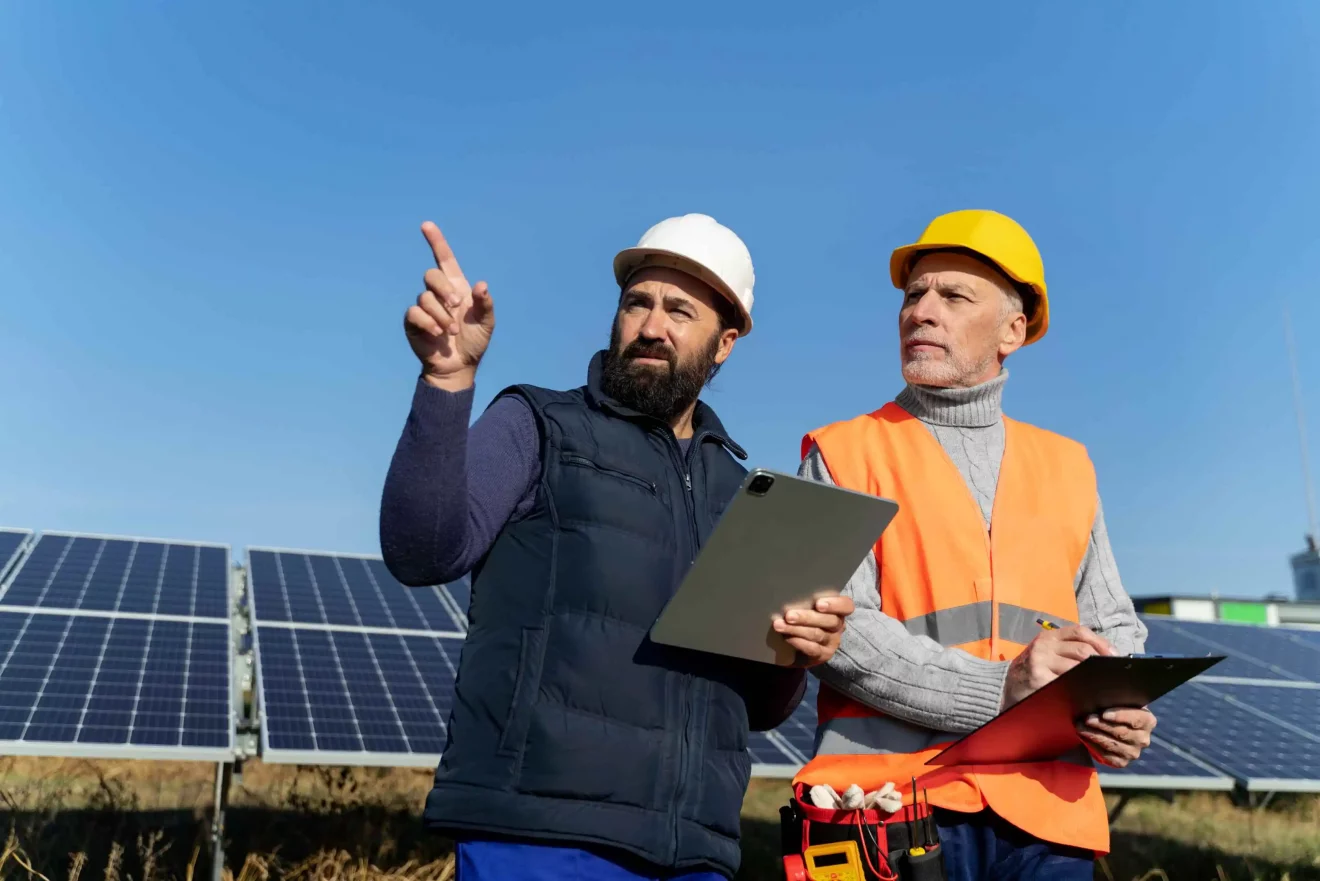
What should buyers and developers do to mitigate impact?
If you’re a solar project developer or procurement manager, here’s what you can do:
Diversify your supplier base across tariff-free or lower-tariff zones
Work with partners offering stock buffering, warehousing in the U.S., or faster logistics
Ensure product certification and traceability—especially on country-of-origin declarations
Factor in longer lead times and price buffers when budgeting for 2025 projects
Monitor policy updates closely—tariff enforcement and IRA funding decisions are expected to evolve monthly
In times of policy turbulence, proactive sourcing strategies and strong supplier relationships are your best risk management tools.
Can tariffs really reshape global solar trade?
While Trump’s return to tariffs signals a more protectionist U.S. stance, it won’t single-handedly reshape global solar trade. The international nature of the PV industry—with complex supply chains across Asia, Europe, and North America—means no single policy can entirely decouple markets.
In fact, many experts suggest that:
Module prices may stabilize in late 2025, once tariffs are priced in and supply adjusts
Global manufacturers will adapt quickly, finding new routes or shifting production
U.S. deployment may temporarily slow, but global solar growth will continue—especially in Africa, the Middle East, and Latin America
Ultimately, trade policy is only one piece of a much bigger energy puzzle.
Minimal short-term impact, but long-term effects remain uncertain.
Let me know if you’d like a localized version for your brand (e.g., adapted for USFULL, or targeting Egyptian buyers like Moussa). I can easily tailor this to fit your brand voice or use it for LinkedIn, blog posts, or Alibaba product descriptions.


